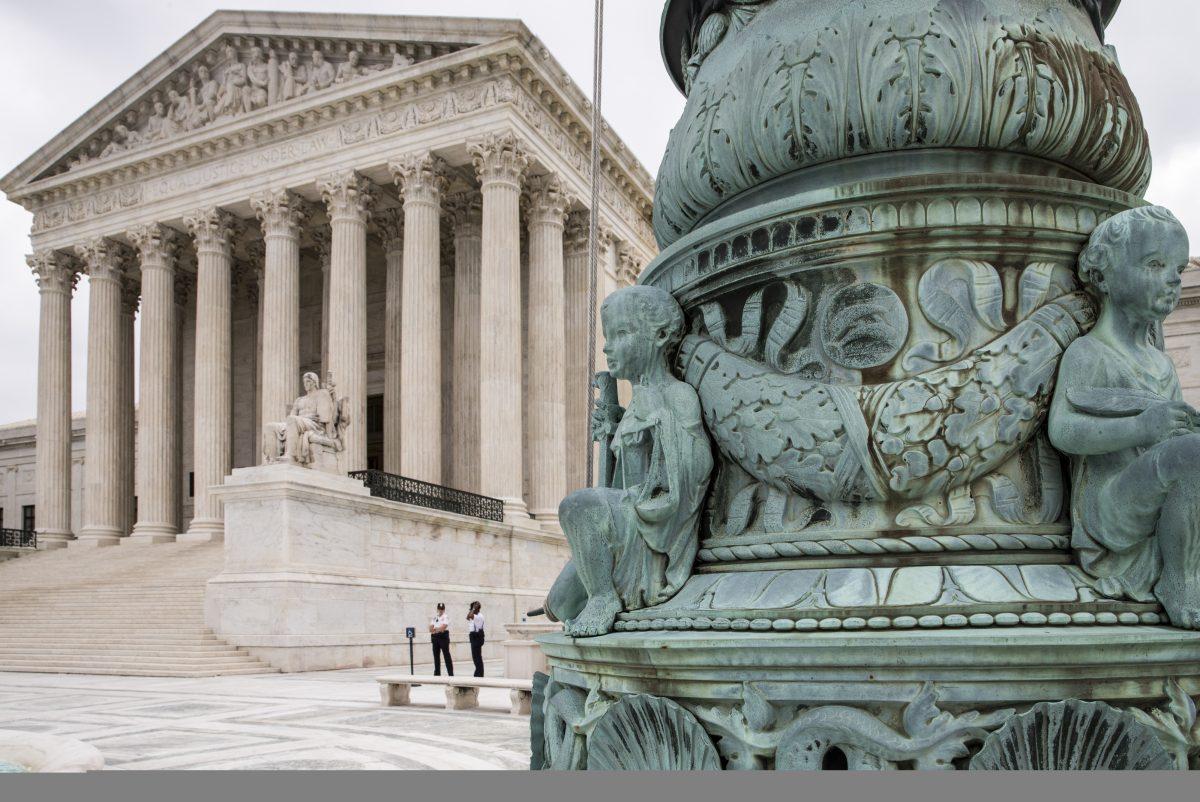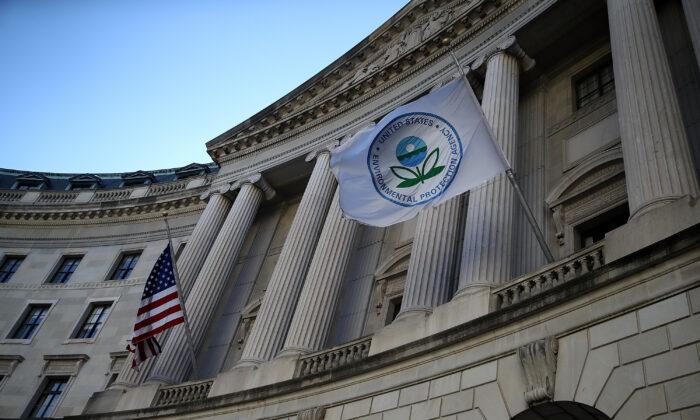Republican governors called on President Joe Biden to delay the implementation of a new federal water rule pending a Supreme Court decision in a case related to the Clean Water Act (CWA) expected this summer.
“The WOTUS definition has been under scrutiny for nearly twenty years, and your Administration’s rule only further complicates the efforts to create certainty under the CWA for rural communities,” the letter stated. “The problem is exacerbated by the pending Supreme Court ruling. The final WOTUS rule released during the holidays is concerning in terms of timing, substance, and process.”
The RGA says the rule is “problematic” in itself, but the timing is “particularly troubling given record inflation and gas prices that threaten the livelihoods of so many communities.”
The governors also criticized the lack of clarity by changing the rule “multiple times in six months” as inefficient, wasteful, and causing unnecessary strain on sectors of the economy.
Defining WOTUS
The pending Supreme Court decision related to the CWA would determine whether wetlands are considered WOTUS under the CWA.The challenge was brought by two Idaho homeowners, Michael and Chantell Sackett, after they were notified they needed a permit for construction on their property because it was considered a wetland.
The Sacketts own a vacant lot in Priest Lake, Idaho, in a mostly built-out residential subdivision, according to the original SCOTUS filing.
“The lot has no surface water connection to any body of water,” the Sackett petition claims. “In April, 2007, with local permits in hand, the Sacketts began building a family home. But later that year, Respondent Environmental Protection Agency sent them an administrative compliance order determining that their home construction violated the Clean Water Act because their lot contains wetlands that qualify as regulated ‘navigable waters.’”
Their construction has been on indefinite hold ever since, according to the petition, at the risk of “immense monetary penalties.” The Sacketts were told by the EPA they must “first obtain a time-consuming and costly Clean Water Act permit from the Army Corps of Engineers before they could proceed with building their home.”

“A plurality opinion authored by Justice Scalia and joined by three other Justices argued that only those wetlands that have a continuous surface water connection to regulated waters may themselves be regulated,” petitioners argue. “A concurring opinion by Justice Kennedy advanced a different and much broader test, allowing for regulation of wetlands regardless of any surface connection, so long as the wetlands bear an (undefined) ’significant nexus’ with traditional navigable waters.”
The 9th U.S. Circuit Court of Appeals employed Justice Anthony Kennedy’s rule to uphold EPA authority over the Sackett homesite.
Lack of Clarity for Decades
In a separate 2019 report by CRS on the history of the government defining WOTUS, CRS explains that the lack of clarity has been an ongoing struggle (pdf).“For more than forty-five years, all three branches of government have struggled with how to interpret the meaning of ‘waters of the United States’ in the Clean Water Act,” the report explains. “In a shift from early water pollution legislation, the 1972 amendments to the Federal Water Pollution Control Act, which came to be known as the CWA, eliminated the requirement that federally regulated waters must be capable of being used by vessels in interstate commerce.”
The rule changes removed traditional navigability tests to determine WOTUS, including territorial seas, CRS explains. The Clean Water Act does not itself define WOTUS, so the two agencies that administer the statute have had to define it in terms of regulations.
Regulations from the U.S. Army Corps of Engineers and the EPA have been in effect since the 1980s, with supplemental guidance issued in 2003 and 2008 SCOTUS rulings. The most notable and related to Sackett is Rapanos v. United States, which limited the scope of regulation.
However, in doing so, the SCOTUS decisions “created uncertainty about the intended scope of waters protected by CWA.”
Keeping Up With Rule Changes
Under the Obama administration, in 2015 the Corps and the EPA issued the Clean Water Rule, redefining WOTUS for the first time since the ‘80s. The CRS report stated some stakeholders and observers saw it as expanded overreach by the EPA, while the agencies held that the intent was to clarify its jurisdiction.The rule was quickly challenged in court by groups and states across the country.
The Trump administration described the rule as “overreach” and took steps to rescind and revise the rule to pre-2015 standards. This reversed the expansion of the rule and narrowed the EPA’s jurisdiction. It was also quickly challenged in courts across the country.
Now under the Biden administration, the EPA and the Corps again reversed course to review the ruling under Trump without rescinding it and move back toward the Obama administration’s rules, a step to merge the two rules.
The rule changes in quick succession are consistent with what the RGA mentioned in its letter.





